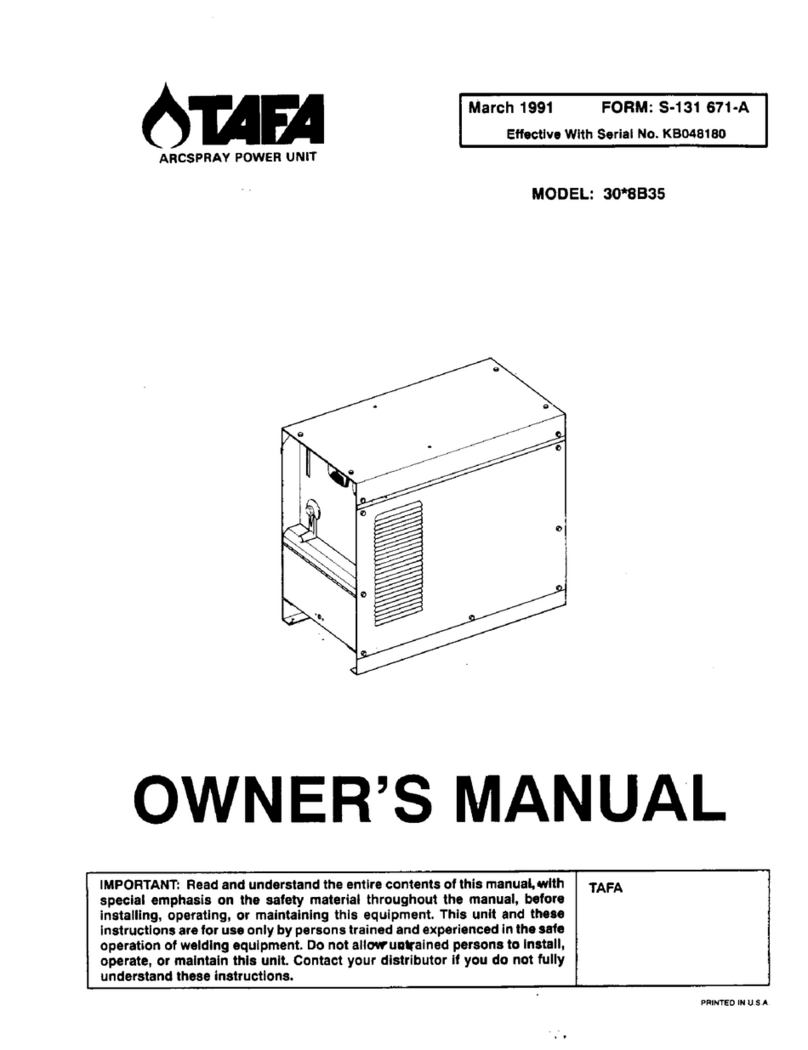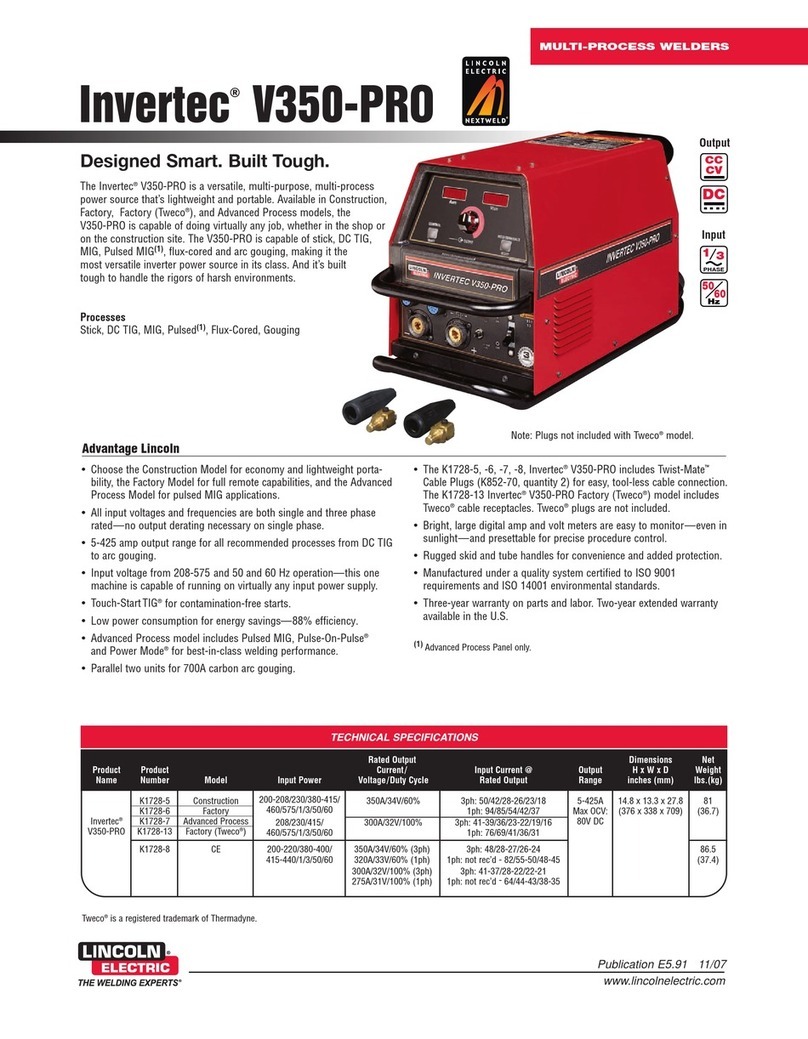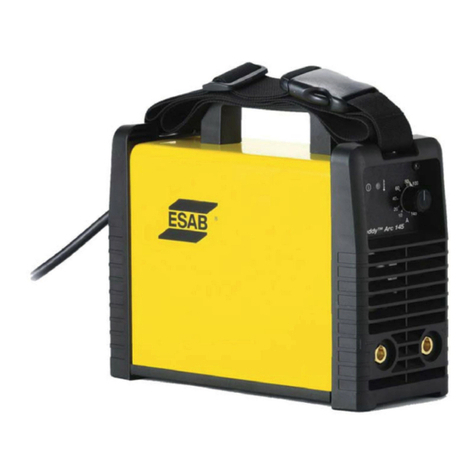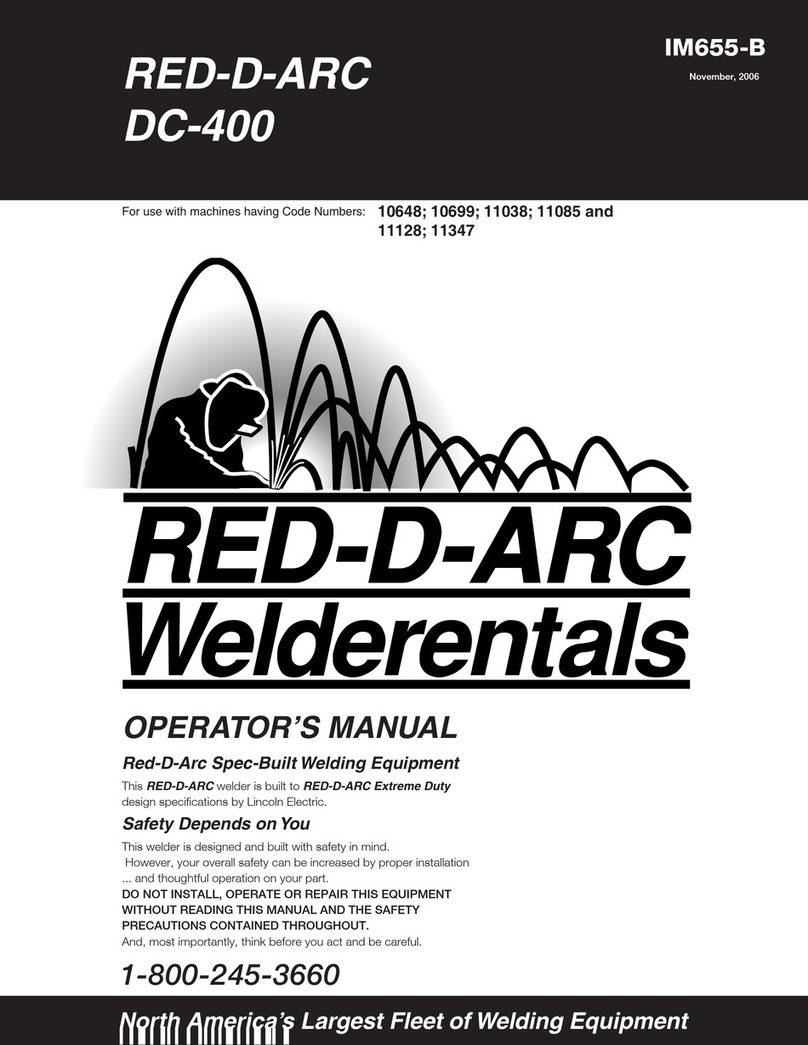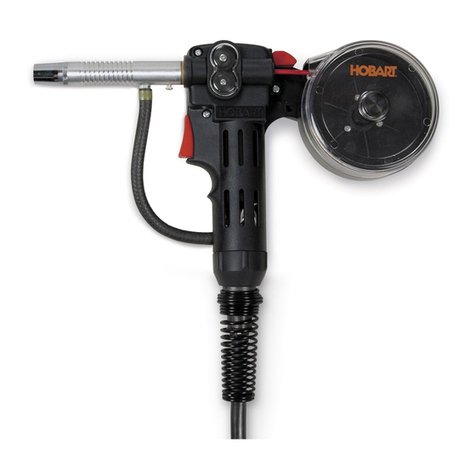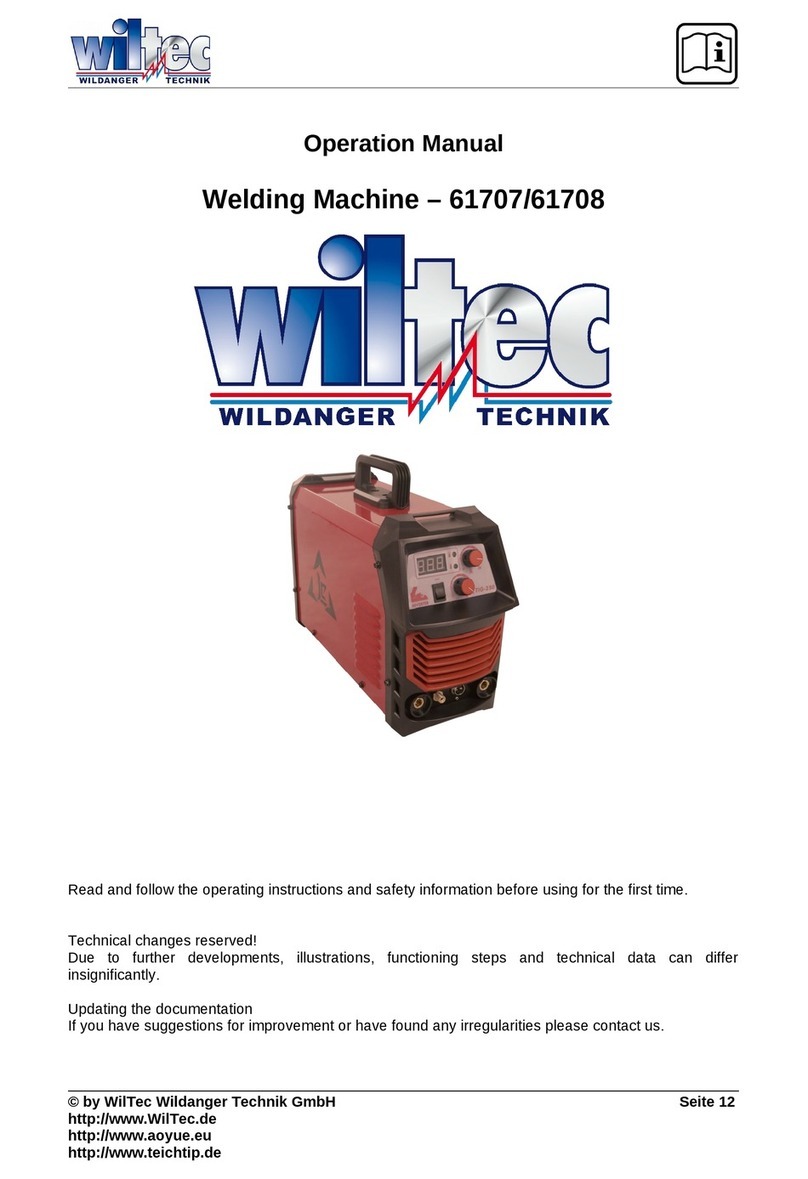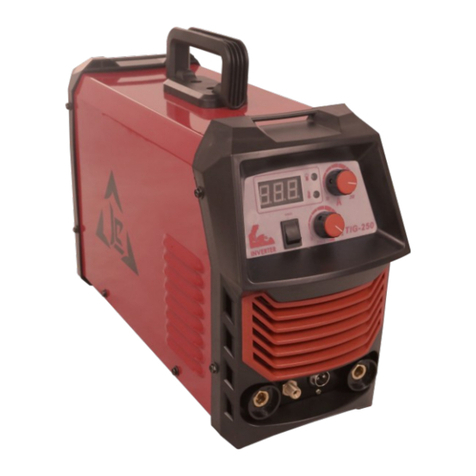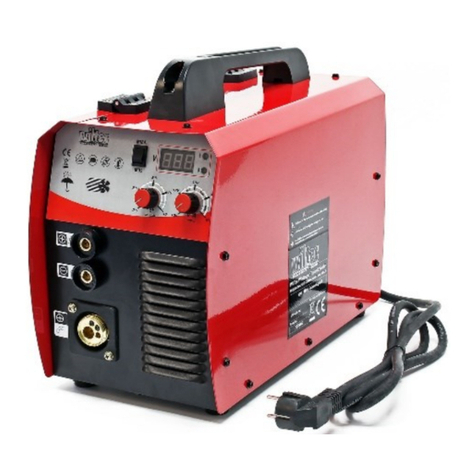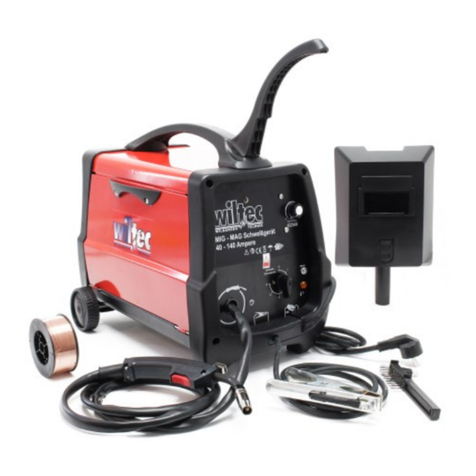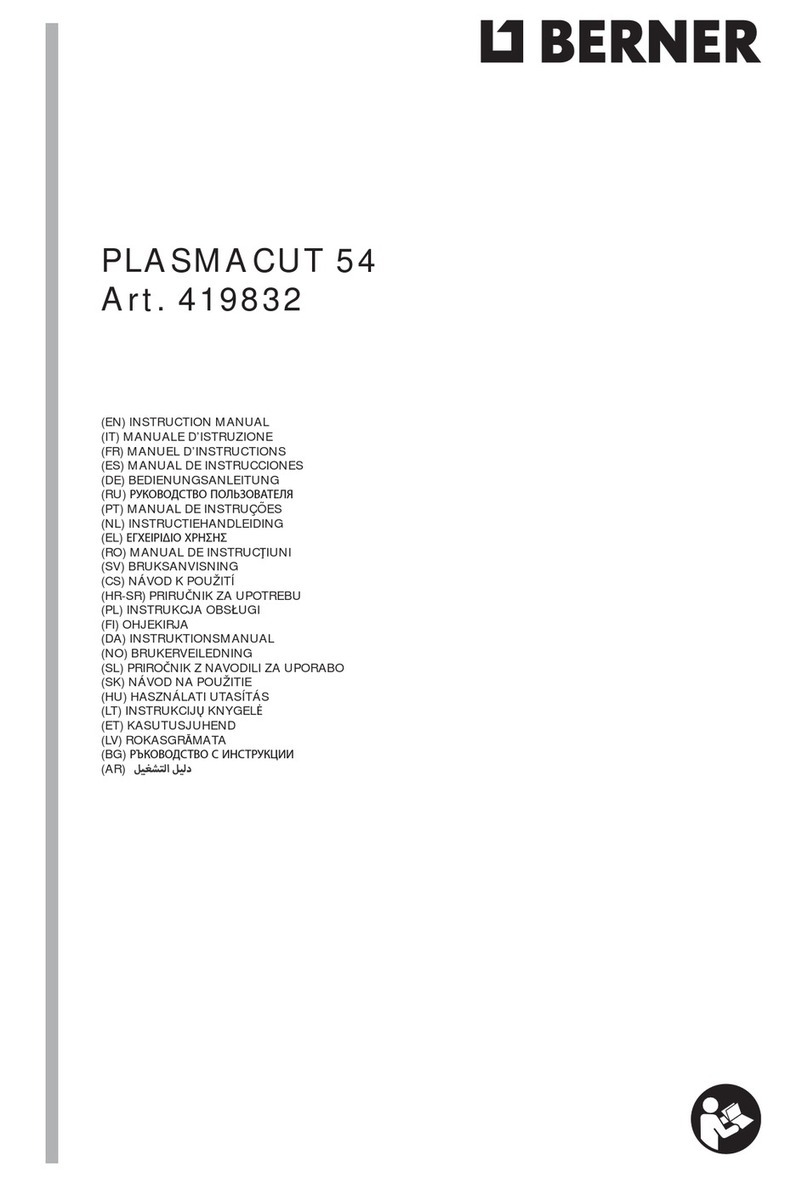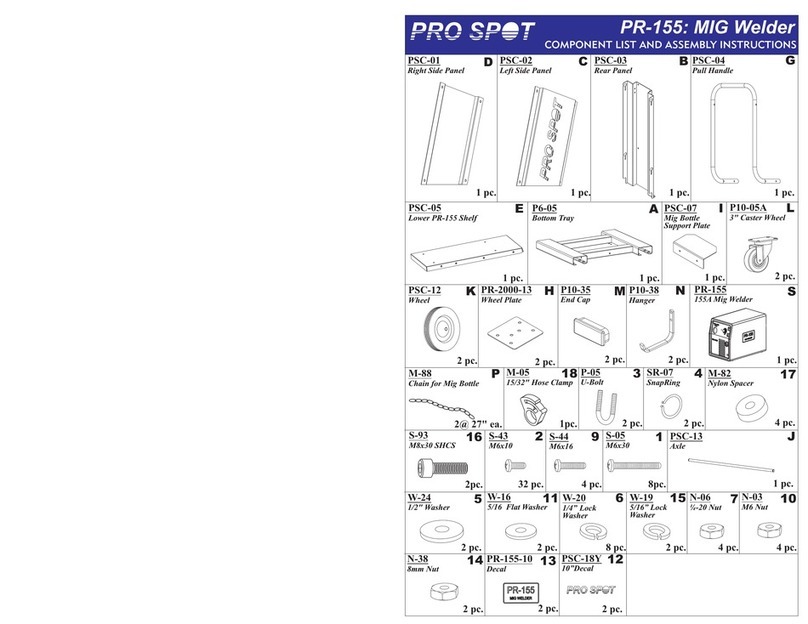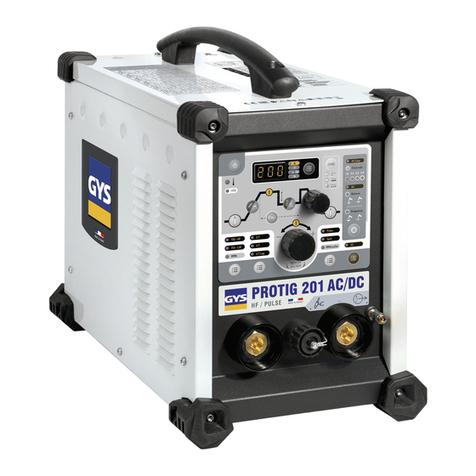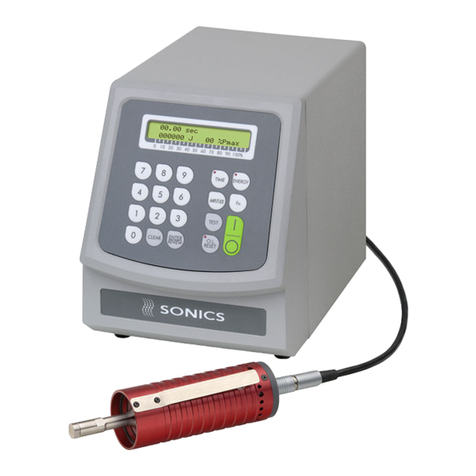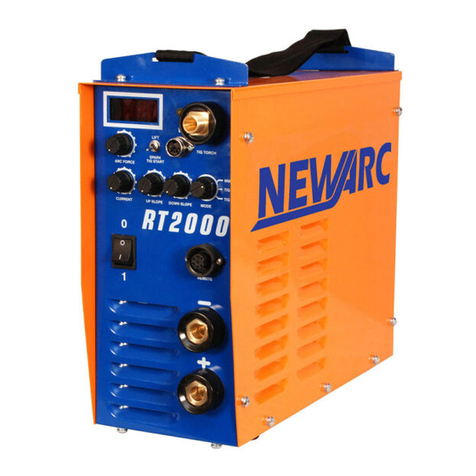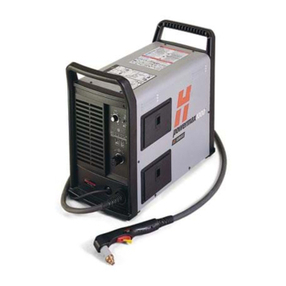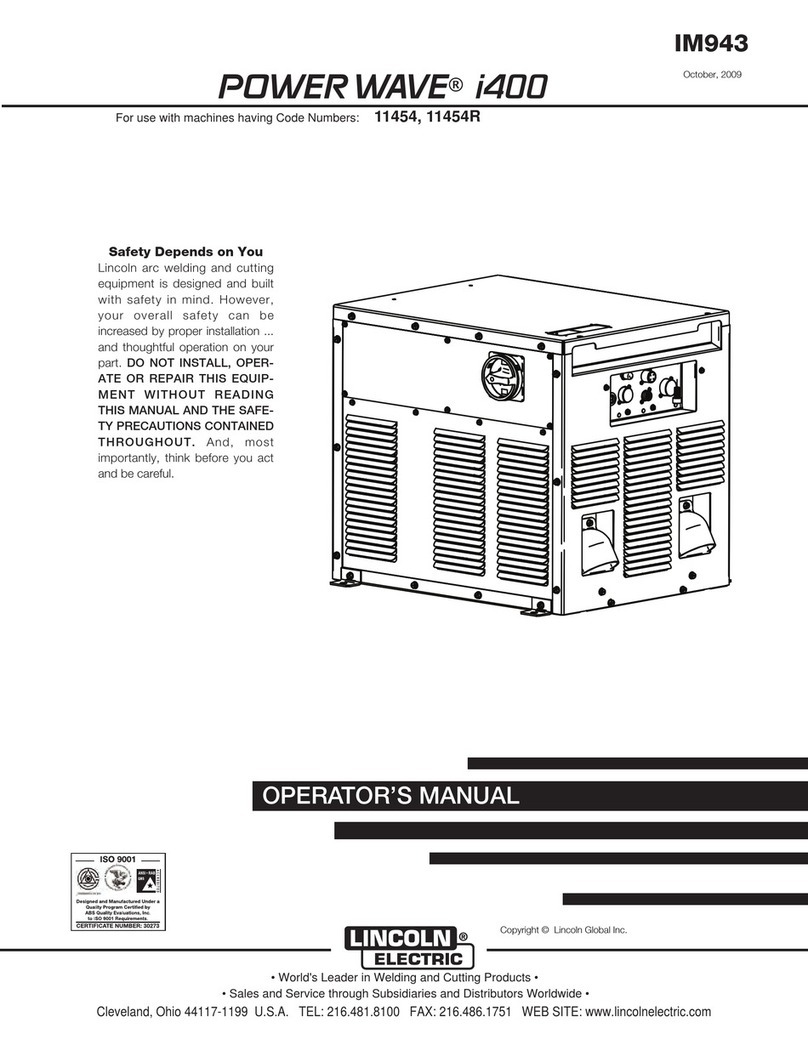© by WilTec Wildanger Technik GmbH Item 61707, 61708 Page 4
http://www.WilTec.de
http://www.aoyue.eu 05 2021-1
http://www.teichtip.de
•in a damp or wet environment,
•in an explosive environment,
•for thawing pipes,
•near people with pacemakers,
•near easily inflammable materials.
Improper handling of this device can be dangerous for objects, animals, and people. The user of the
device is responsible for their own safety and that of other people. Be sure to read these instructions for
use and observe the regulations!
General safety instructions
•Observe general safety and accident prevention regulations. In addition to the information
in these operating instructions, the legal general safety and accident prevention regulations
must be observed.
•Pass the operating instructions on to third parties. Make sure that third parties use this
product only after having received the necessary instructions.
•This device is not intended to be used by persons with restricted physical, sensory, or
mental abilities or a lack of experience and/or knowledge, unless a person responsible
for their safety observes them or has given them instructions on how to use the device.
Children should be supervised to ensure that they do not play with the device. Children
are not allowed to use this device.
•Always be attentive and give your full attention to what you are doing. Do not work with
this product if you are inattentive or under the influence of alcohol, drugs, or medicine. A short
moment of inattention while using this device can lead to serious accidents and injuries.
Safety instructions for using your welding machine
•Ensure a safe stand. When setting up the device, ensure that it is on a firm and secure surface.
•Avoid contact with hot parts. Do not touch any hot parts on the device. Note that some com-
ponents store heat and can cause burns even after the device has been used.
•Check for damage. Check the device for any damage before putting it into operation. If the
device is damaged, it must not be put into operation under any circumstances.
•Do not use any sharp objects. Never insert sharp and/or metallic objects into the device.
•Do not misuse. Only use the device for the purposes described in this operating manual.
•Check regularly. The use of this device can lead to wear and tear on certain parts. Therefore,
check the device regularly for any damage and defects.
•Correct use of the power cord. Never pull the plug out of the socket by the power cable and
protect all cables from oil, sharp edges, and high temperatures. When working, be careful not
to touch the cables with hot objects. The power cord must not be damaged. If the cable is
damaged, it must be replaced with a new one.
•The device should not stand close to the wall or directly against the wall during opera-
tion, so that sufficient air can always be taken in through the opening slots.
•Arc welding generates sparks, molten metal parts, and smoke. Therefore, make sure to
remove all flammable substances and/or materials from the workplace.
•Do not weld on containers, vessels, or pipes that have contained flammable liquids or
gases.
•Avoid any direct contact with the welding circuit; the open circuit voltage that occurs bet-
ween the electrode clamp and the ground terminal can be dangerous.
•Do not store or use the device in a damp or wet environment or in the rain.
CAUTION:
•Radiation from the arc can damage the eyes and burn the skin.
•Arc welding creates sparks and drops of molten metal. The welded work piece begins to glow
and remains very hot for quite a long time.
•Arc welding releases fumes that are potentially harmful.
•Any electric shock can be fatal.
